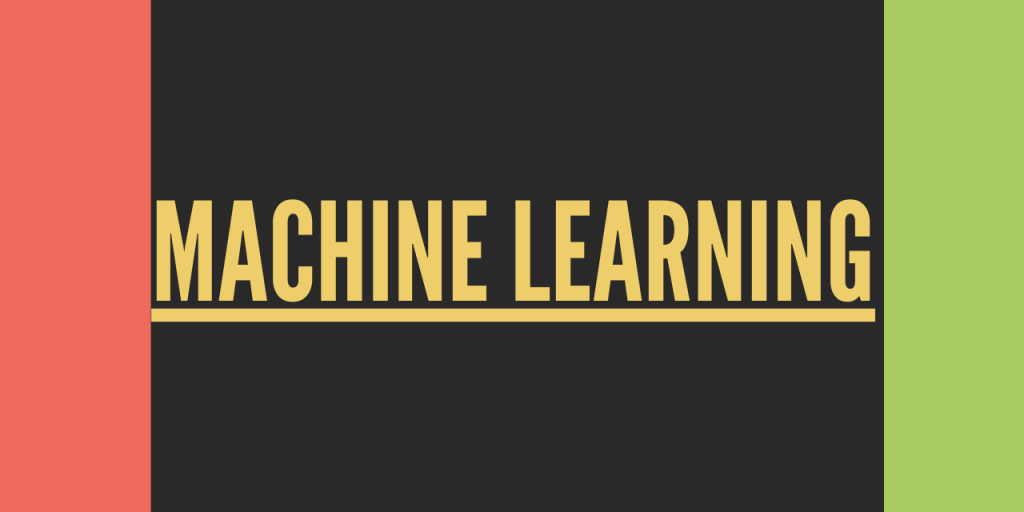Hello, readers! In this article, we will be focusing on the Types of Machine Learning, in detail. So, let us begin!! 🙂
What is Machine Learning?
Machine Learning has been a popular topic for all developers in the domain of data science and analytics. The domain of Machine learning offers us various algorithms that enable us to perform predictions on the data values and hence solve real-life scenarios.
For example, based on the data to date, if we ever wish to know the weather forecast for the upcoming days, that can be easily made available by data predictions using Machine Learning Algorithms. It enables us to solve business problems and it has also paved a way for business analytics to have a demand prediction in hand easily.
Types of Machine Learning Algorithms
Machine Learning offers us with the below types of algorithms that are selective to the type of data variables–
- Supervised Machine Learning
- Unsupervised Machine Learning
- Semi-supervised Machine Learning
- Reinforced Machine Learning
Let us have a look at them one by one in the upcoming sections.
1. Supervised ML
Supervised Machine Learning algorithms usually deal with both numeric and categorical data values. They feed the model with the labelled input data values and also the output of the fed training data is also fed to the model.
Here, the algorithms learn from the input and the historic output data, detects the patterns in the data, and then make a prediction on the test data.
Supervised ML algorithms that work on numeric dependent data variables are known as Regression Algorithms while the algorithms that work on the categorical data values are known as Classification data algorithms.
2. Unsupervised ML
In Unsupervised Machine Learning Algorithms, the model is not fed with any labeled data values. That is, the model accepts unlabeled data and then detects similar characteristics from the data and groups them together into a category.
The output of the training data is never fed to the model. Here, the model learns on its own by discovering the underlying patterns, through equations and correlations, etc.
Unsupervised Machine Learning algorithms solve clustering and association problems, etc.
3. Reinforcement ML
In Reinforcement Learning, the model learns by trial and error. That is, it contains a machine component known as an agent that learns from trial and error in a simulated manner.
The model reinforces the results of the trial and error method with rewards and penalties based on the behavior and learning of the model from the trials.
4. Semi-Supervised ML
With Semi-Supervised machine Learning, the data fed to the model is partly labeled and unlabelled as well. Mostly these algorithms work from categorical dependent variables and can be used for Classification as well as Clustering of the data model.
It takes both the labeled and unlabelled data as input and even the output of the trained data, learns from the patterns, and then results into certain predictions.
Conclusion
By this, we have come to the end of this topic. Feel free to comment below, in case you come across any question.
For more such posts related to Machine Learning with Python, Stay tuned with us.
Till then, Happy Learning !! 🙂
